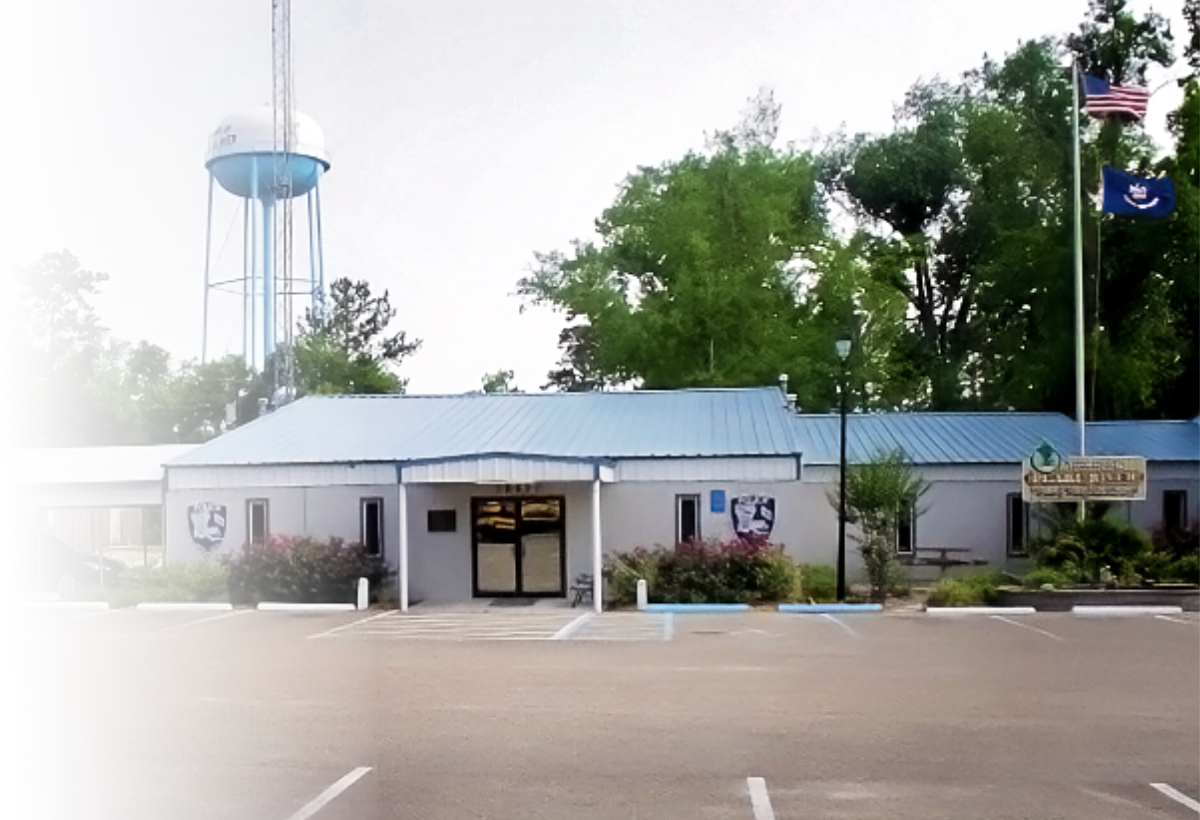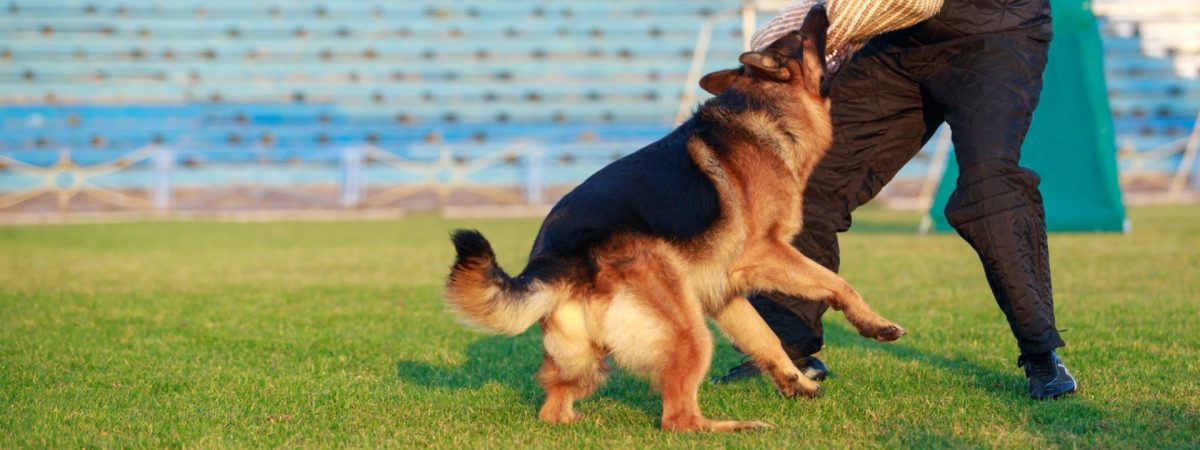Call anytime

About Us
Dedicated to serving and protecting the Pearl River community through integrity, professional law enforcement, and community engagement.
Learn MoreContact Us
(985) 863-5711
www.pearlriverpolicedepartment.com
39470 Willis Alley, Pearl River, Louisiana 70452



